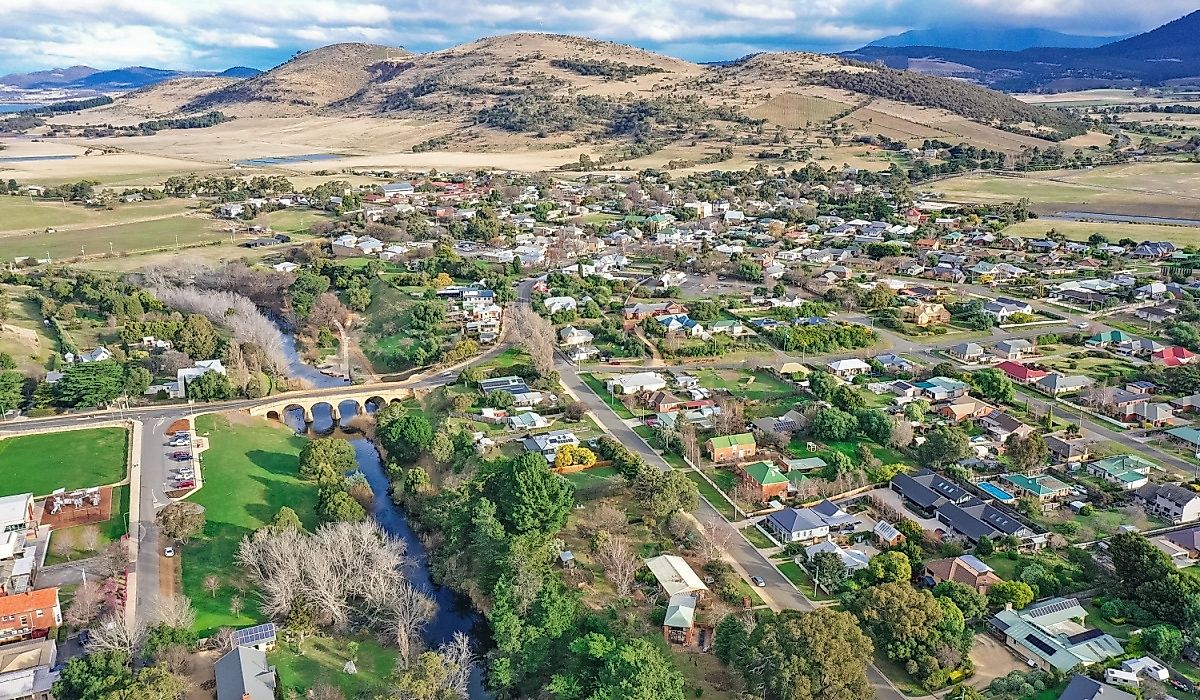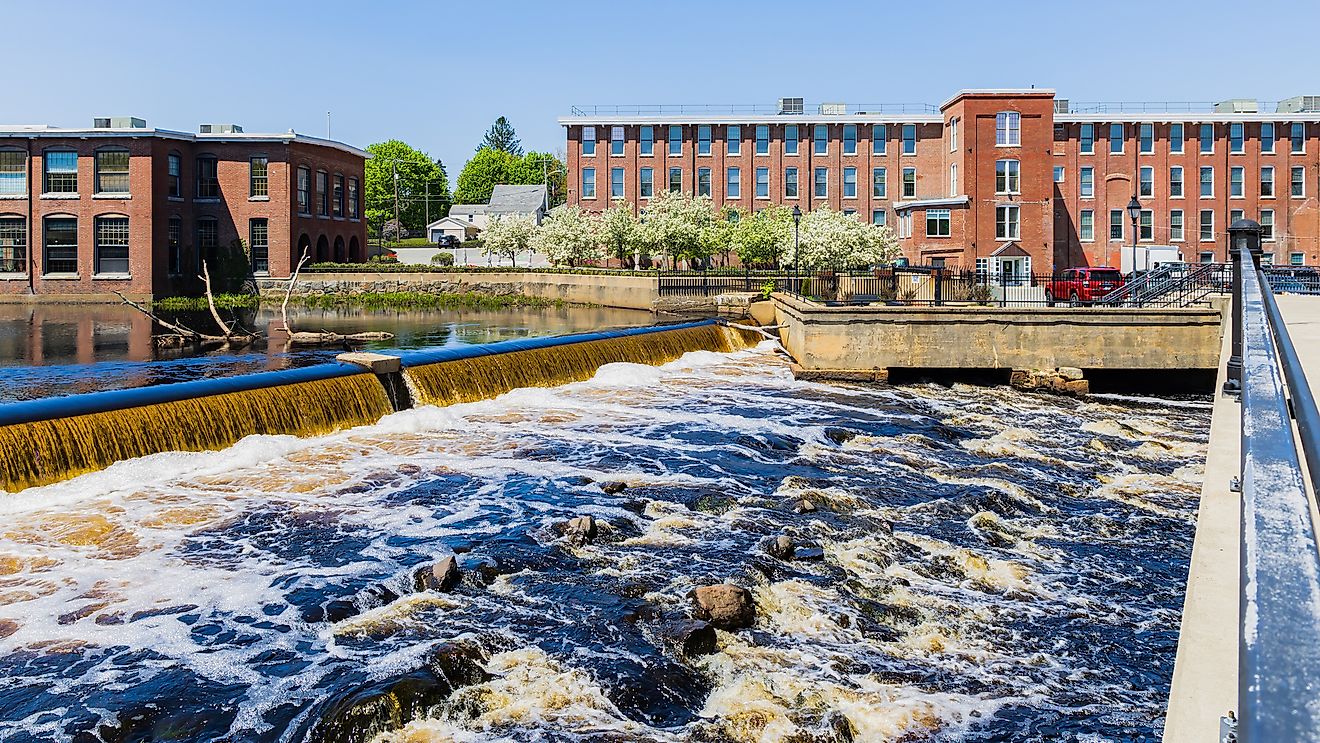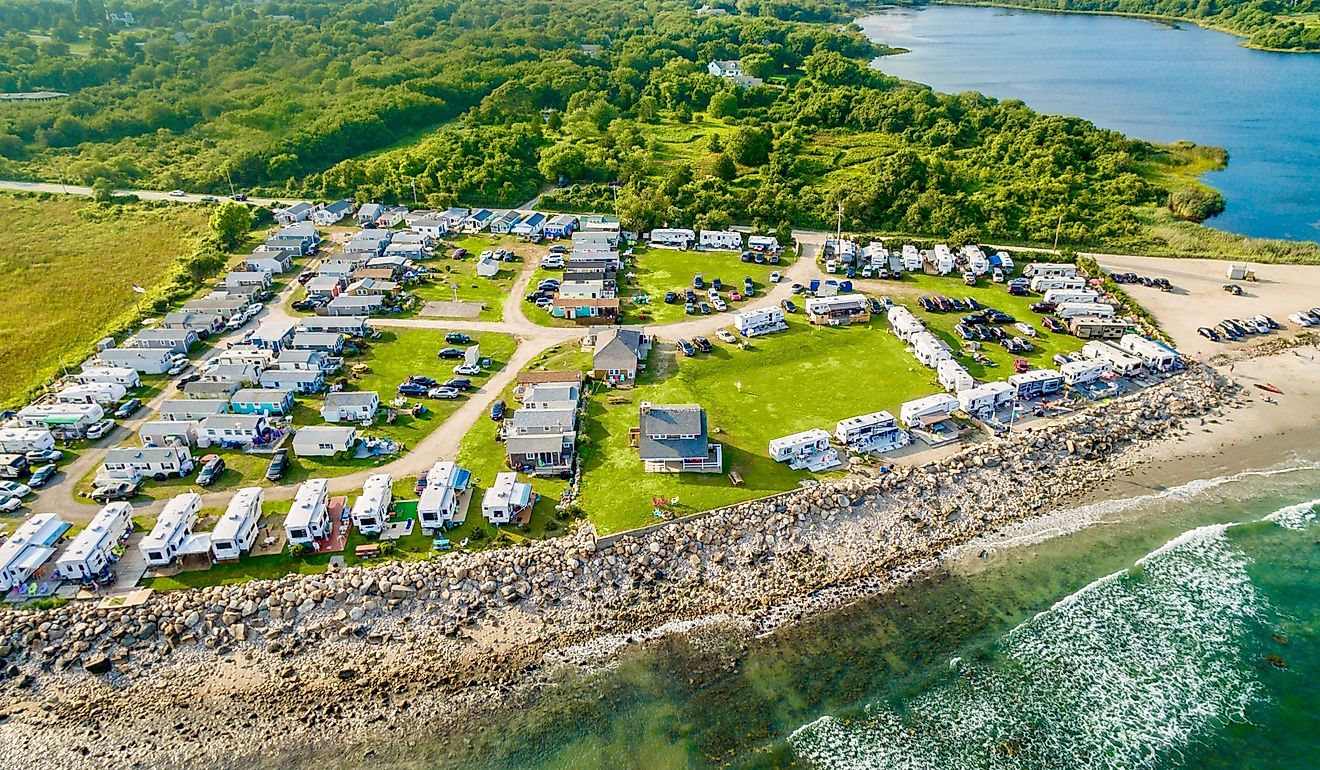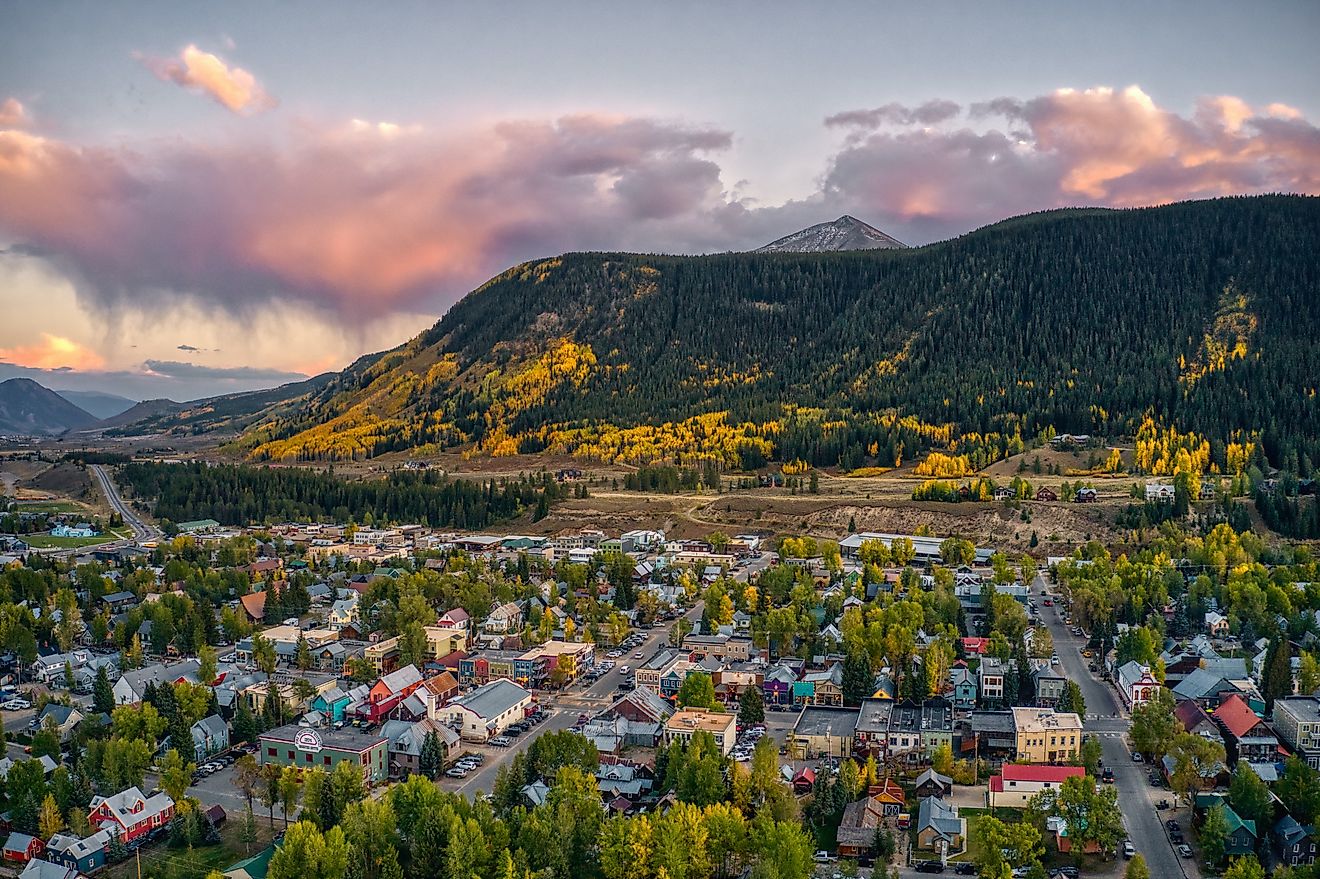What Is Canyoning?
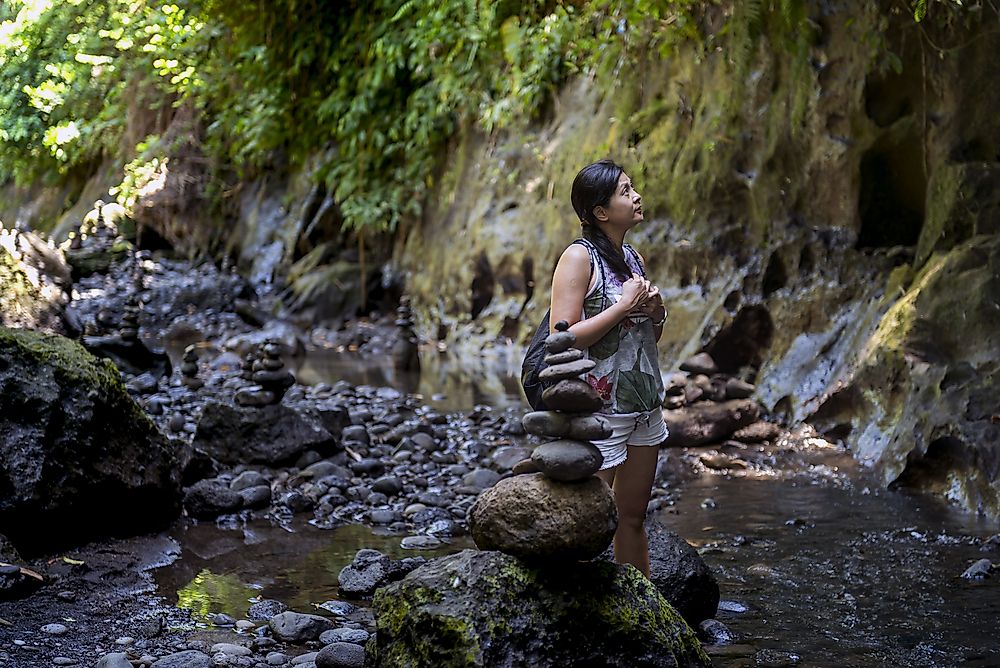
What Is Canyoning?
Every nature lover and sports enthusiast will definitely enjoy canyoning. Canyoning is traveling in canyons using several techniques that may also include some of the outdoor activities such as climbing, jumping, walking, swimming, and rappelling. A canyon is a deep cleft between escarpments or cliffs that are formed by erosive activities of a river over a given time. Canyoning is associated with a technical descent, technical jumps, technical swims, and technical climbing. Canyoning often takes place in remote settings and requires navigational and wilderness traveling skills. Ideal canyons for canyoning are always made through the rocks creating a narrow gorge with several walls and waterfall. Several canyons are formed between limestone and basalt. Canyon offers a varying degree of difficulty with the emphasis on the sport put on fun rather than pure difficulty. Special gears are required for canyoning including helmet, wetsuit, ropes, designed shoes, and bags.
Canyoning Around The World
Mountain canyon with flowing water is popular with canyoning in most parts of the world. Canyoning is done in several countries around the world with the sport quickly gaining popularity. In Africa, only five countries have established canyoning outfitters. These countries include South Africa, Kenya, Mauritius, Morocco, and Madagascar. However, the sport is more popular in Asia, Europe, and North America. in Japan, canyoning involves traveling upstream with some degree of difficulty. In the United Kingdom, it is readily available at several locations in Scotland, Cornwall, and Wales. Wales is a popular canyoning destination in the UK with the sport slightly different from the American counterpart although the concept remains the same. In the US, descending mountains with flowing water are often referred to as canyoning. However, most Americans use the word canyoneering to refer to the mountain descent. Numerous canyoneering opportunities are found throughout the US including within the Colorado Plateau, Sierra Nevadas, and Cascades.
Hazards Of Canyoning
Canyoning can be fatal or may lead to irreversible injuries. The remoteness of canyons and the difficulty in accessing them may delay or make any rescue impossible. Canyons characterized by significant water flow may be treacherous and requires a lot of skills for safe travel. Flash floods are potential dangers for canyoning trips. A canyon may experience flashes when a large amount of rain falls in the drainage and the levels of water rise quickly. Canyons that drain a large area is particularly dangerous to canyoneers as rainfall may be miles away from them yet they could be swept away as the water rushes down the canyon. Some canyoneering involves avoiding some large potholes and sharp rock edges. Canyoneers use several unique skills to escape these potholes that may also be dangerous to them. Some canyons have narrow slots, providing difficult obstacles for canyoners. The narrow slot may be strenuous forcing canyoners to climb above the canyon floor. The narrow slots also have abrasive walls which may rip clothes and gears, or cause painful body injuries as canyoners move or slide along them.
